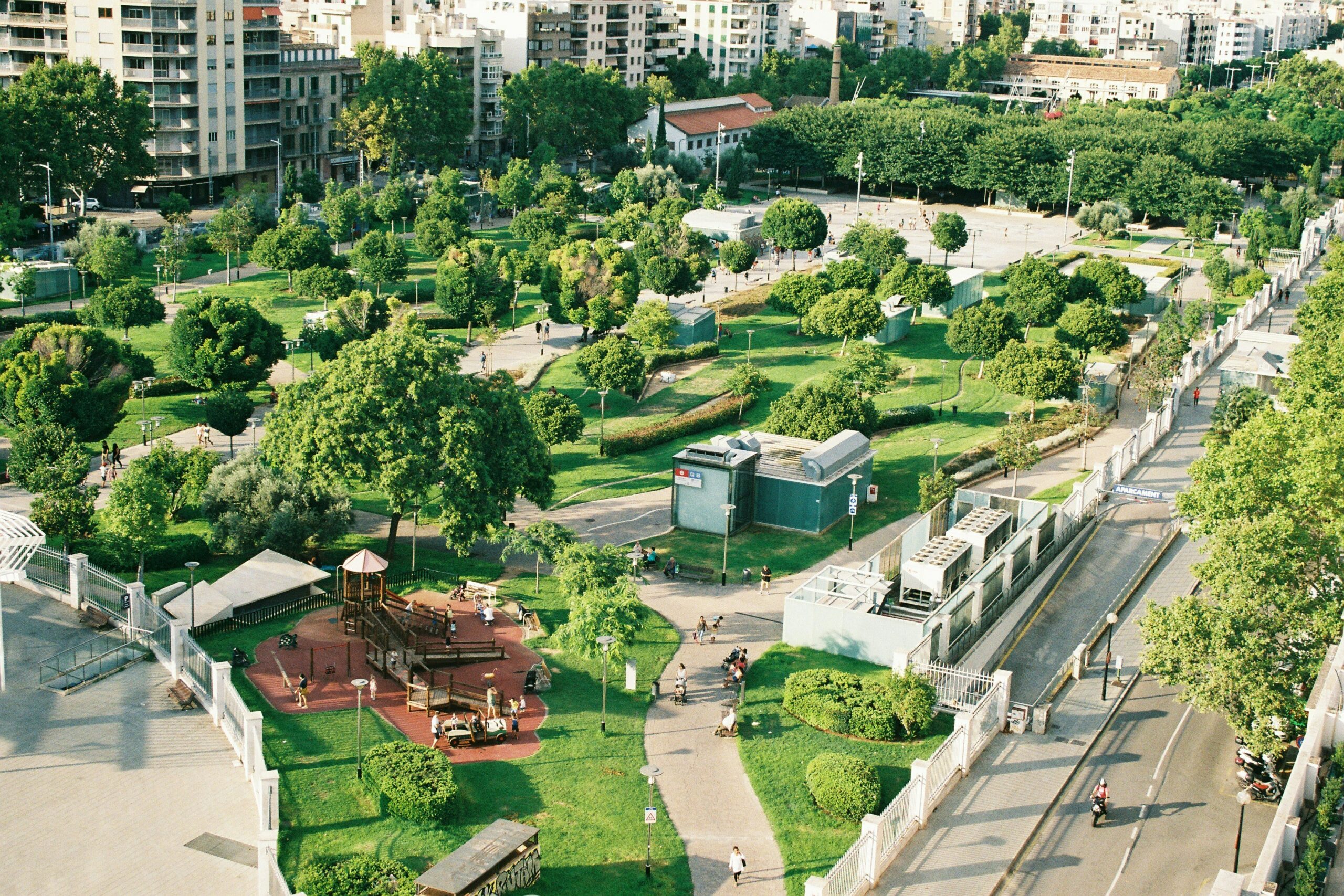Curated by Dr. Nicole Mamone
Introduction
The project explores the influence of environmental features on human cognitive and emotional aspects. In particular, it studies how urban, natural and mixed environments shape spatial representations and related emotions, with a focus on the regenerative effects of nature on cognitive abilities and spatial performance.
Background and Objectives
The aim of this study is to investigate how specific environments modify emotional and cognitive experiences and to understand the role of spatial anxiety and affective states in spatial performance. This can guide urban design toward solutions that promote psychological and cognitive wellbeing.
Implementation and Development
During the study, participants walked six different trails, categorized into natural, built and mixed environments. They rated the distances of the paths and recorded their emotions during the experiment. The instruments used included standardized questionnaires to measure spatial anxiety, positive and negative affect, and perceived regeneration.
Results and Impact
Results indicated that natural environments offer a greater sense of regeneration and better cognitive performance than urban environments. A significant correlation was shown between positive affect and feelings of regeneration, and between spatial anxiety and distance estimation performance, with a role mediated by negative affect. These data suggest that natural environments may be crucial in reducing stress and improving cognitive abilities, offering valuable insights for urban design to promote wellbeing. Through an experimental approach, this study contributes to the understanding of the complex link between environment, cognition, and emotion, offering valuable insights for future rereresearch and practice in environmental psychology.

